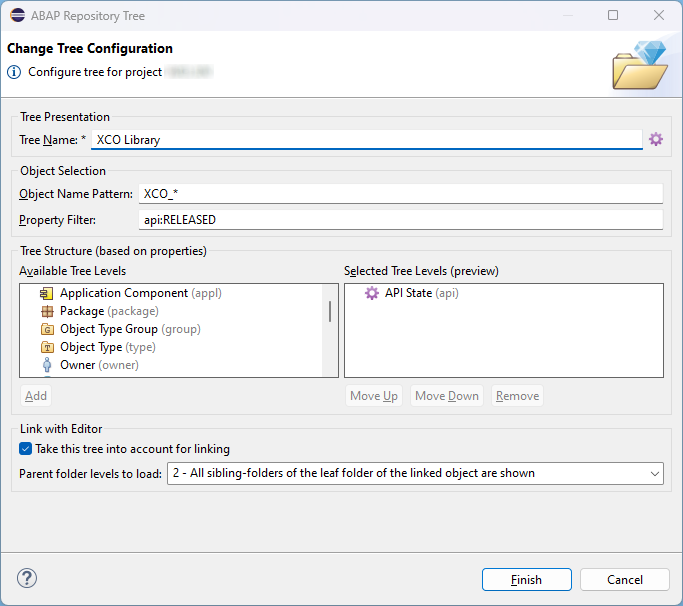
ABAP Cloud - ADT Trees (Overview)
What help and overviews are available in the ABAP Development Tools to simplify your life with ABAP Cloud?
Table of contents
In this article we will look at different trees in the ADTs and how you can use them to get to the most important information in the system.
Introduction
Using the ABAP Development Tools, ADT for short, you can display additional information via the Project Explorer that you also need in ABAP Cloud. Which objects are released in the system, what does the TIER-1 layer actually look like and which libraries can you use? We want to look at the various questions in this article.
Project Explorer
The Project Explorer is the main view in Eclipse, where all of your connected systems are displayed. You can organize the systems in so-called working sets to get a bit more of an overview. Behind each working set, there are then n systems to which we have access.
When we integrate a new system, we usually get the following trees. Local objects, favorites and the system library, where all the system's packages are hidden.
Usually, however, more information is required. You can use the context menu to create additional trees, which is what this article is about.
Trees
In this section, we want to look at some interesting trees and settings. When you create a new tree, various templates are available to you. These depend on the backend release:
Released Objects
To do this, we create a tree of the type "Released Objects". The suggested setting is sufficient for us as standard. Personally, in most cases we remove the "Object Type Group", which groups classes, interfaces and reports under one folder, for example. However, if you would like to see the different types of objects directly, you can use our settings.
Here you will find the objects broken down into different categories, such as released for ABAP Cloud or Key User Extensibility. Multiple entries are possible, as an object can have multiple release contracts.
ABAP Cloud Objects
Under Released you will find many objects, but also Key User Extensibility, which is not necessarily of interest for ABAP Cloud development. The objects are also grouped according to their different statuses. To do this, we create a new tree and restrict the release status under "Property Filter". In addition, we remove the "API State". from the grouping.
Finally, the tree would look like this, and we can check directly below which Core Data Services or classes there are that we can use.
Software Components
If you use more than one software component in the system to map TIER-1 or if you are developing on the ABAP environment, then an overview of all software components in the system makes sense. To do this, we create a tree of the type "System Library". You should set the filter to the current system, otherwise you will also see standard SAP components.
If you have selected the grouping as above, you will get a breakdown by software component (SWC), package starting with the structure package of the SWC and the various objects below.
Note: The grouping by SWC is only available from an S/4HANA 2023 system on-premise.
XCO Library
You want to see the various XCO Libraries in more detail or have direct access to them? Then this tree will help you. To do this, we again create a tree of the type "Released Objects", but set an "Object Name Pattern" at the beginning of the classes.
In this case, we only use the API status as a grouping, since we want to see the objects directly below it. If we open up a tree, we get the following result for the key user classes, for example.
Conclusion
The trees can give you more information about the system and the structure. With the various options and filters, you can display specific information and get what you are looking for.
















